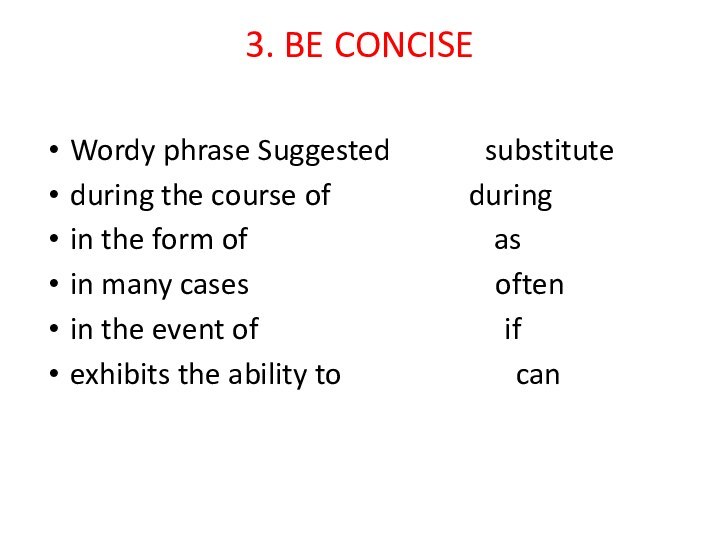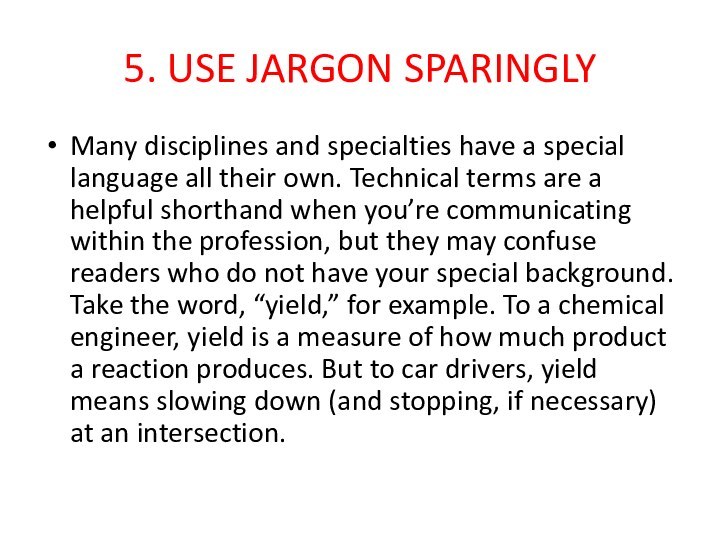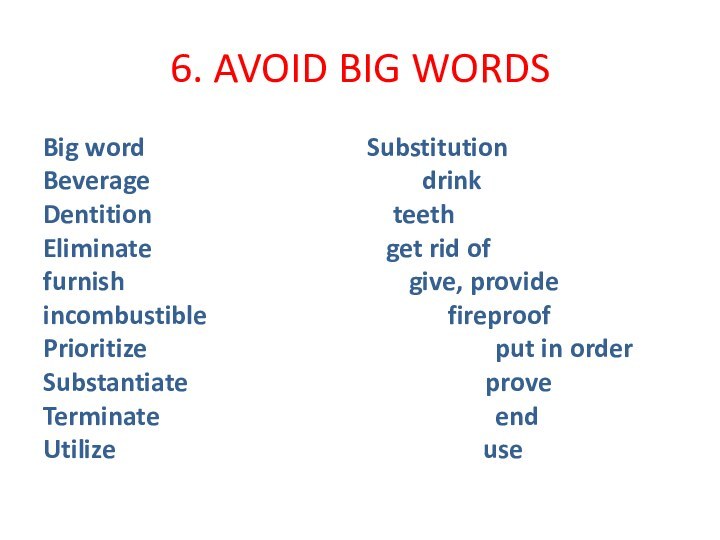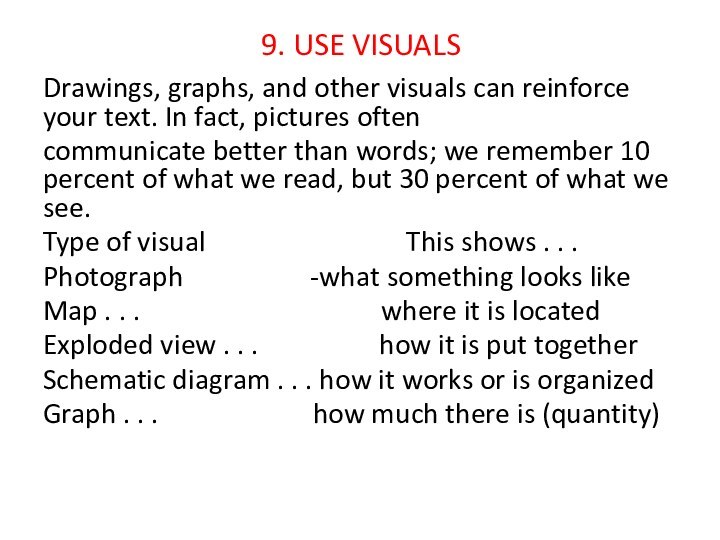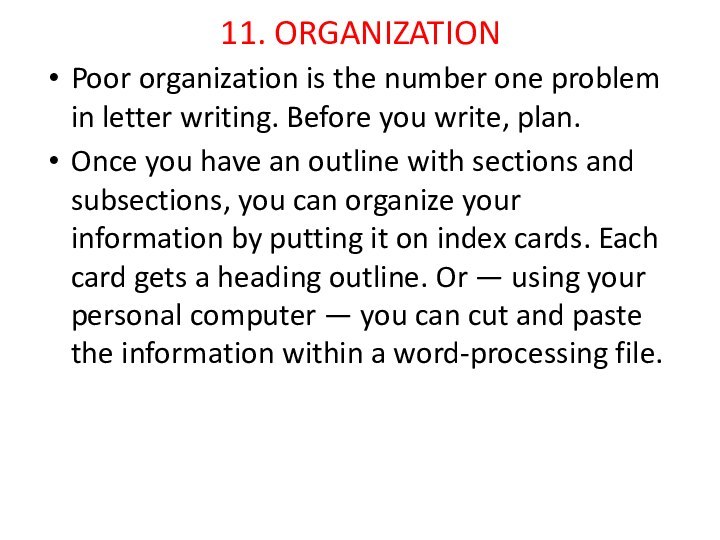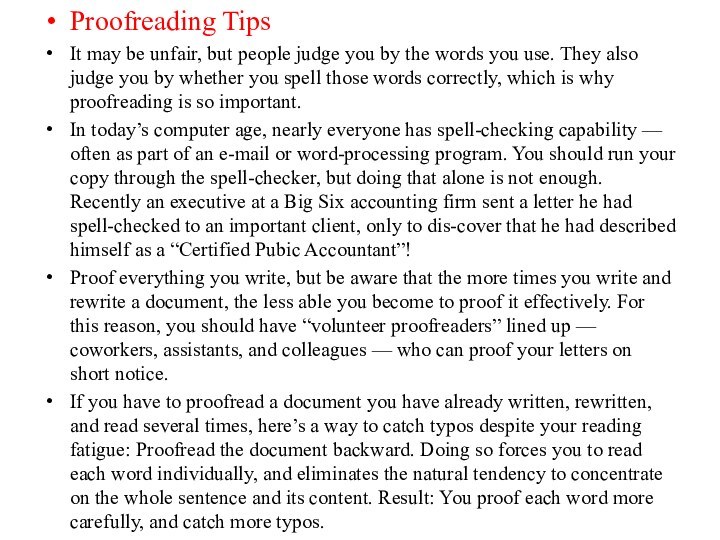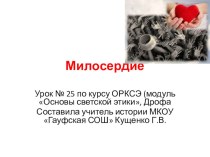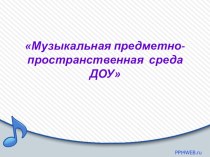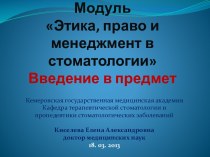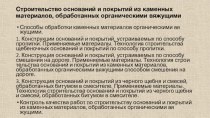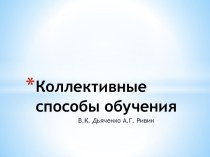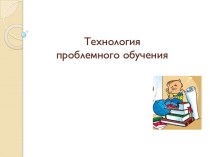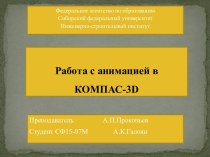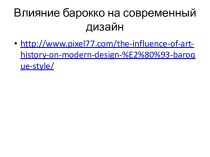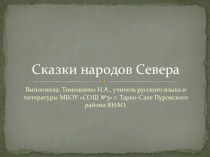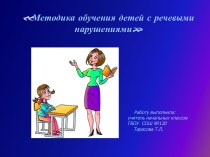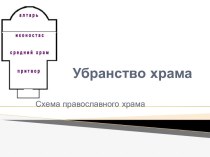Слайд 2
FYI LETTERS
The abbreviation “FYI” stands for “for your
information,” and an FYI letter does just that: transmits
short bits of information. Typically this is information the reader needs to know now or needs as reference, or is information that you want to tell him.
FYIs can be used to discuss current events or something that would impact the reader down the road (e.g., a policy change taking effect the following year). It can be something as simple as a self-stick note stating, “FYI: I thought this article would be of interest” or a letter sent to an association’s members alerting them that a new president is being elected.
Слайд 3
Format: Simple format for letters and memos.] Business
or personal letterhead.
Style/Tone/Voice: Can be informal or formal, depending
on the content. Active tone or voice.
Structure:(1) Call reader’s attention, (2) Explain details, (3) Ask for action, if necessary, (4) Ask the reader to contact you with questions or concerns.
Handy Phrases: FYI; For your information; Thought you’d like to know; Please call me if you have any questions.
Слайд 4
Mr. Mike Hernandez
Alchemy Consulting
123 Main Street
Anytown, USA
Re: Liability
insurance premiums
Dear Mike:
You’re right. The premium for the policy
we proposed is higher than the other companies pro-vided you with quotes.
However, our policy gives you broader liability coverage, with a much smaller deductible, as explained in the comparison table attached.
We can offer a policy with equivalent terms to the other insurance companies who quoted you, at approximately the same premium.
The problem is, this level of coverage excludes the precise situations for which you want the most protection!
Please let me know which option you prefer. Thanks.
Sincerely,
Joe Carlson, Agent
Continental Insurance
Enclosure
Слайд 5
SAP: SUBJECT, AUDIENCE, PURPOSE
SAP analysis is a process
that quickly enables you to pin down the content
and organization of your letter. The process requires you to ask and answer three questions:
• What is the subject (topic) of your letter?
• Who is your audience? (Who will be receiving your letter?)
• What is the purpose of your letter?
Слайд 6
The 3-Step Writing Process
Often when people write, they’re

afraid to make mistakes, and so they edit themselves
word by word, inhibiting the natural flow of ideas and sentences. But professional writers know that writing is a process consisting of numerous drafts, rewrites, deletions, and revisions. Rarely does a writer produce a perfect manuscript on the first try. The task ideally should be divided into three steps: writing, rewriting, and polishing.
1. Writing. Most professional writers go through a minimum of three drafts. The first is this initial “go with the flow” draft where the words come tumbling out. When you sit down to write, let the words flow freely. Don’t worry about style, syntax, punctuation, or typos — just write. You can always go back and fix it later. By “letting it all out,” you build momentum and overcome inhibitions that block your ability to write and think.
2. Rewriting. In the second draft — the rewriting step — you take a critical look at what you’ve written. You edit for organization, logic, content, and persuasiveness. Using your PC, you add, delete, and rearrange paragraphs. You rewrite jumbled passages to make them clear.
3. Polishing. In the third draft, you give your prose a final polishing by editing for style, syntax, spelling, and punctuation. This is the step where you worry about things like consistency in numbers, units of measure, equations, symbols, abbreviations, and capitalization.
Слайд 7
Rules for Better Letter Writing
1. PRESENT YOUR BEST
SELF
A Tip: Never write a letter when angry. If
you must write the letter when angry, then put
it aside without sending it, and come back to it later. You will most likely want to throw
it out and start over, not send it at all, or drastically revise it.
Слайд 8
2. WRITE IN A CLEAR, CONVERSATIONAL STYLE
The key
to success in business or technical writing? Keep it
simple. I’ve said this before, but it bears repeating: Write to express — not to impress. A relaxed, conversational style can add vigor and clarity to your letters.
Слайд 9
3. BE CONCISE
Wordy phrase Suggested
substitute
during the course of
during
in the form of as
in many cases often
in the event of if
exhibits the ability to can
Слайд 10
4. BE CONSISTENT
Good writers strive for consistency in
their use of numbers, hyphens, units of measure, punctuation,
equations, grammar, symbols, capitalization, technical terms, and
abbreviations. Keep in mind that if you are inconsistent in any of these matters of
usage, you are automatically wrong at least part of the time.
Слайд 11
5. USE JARGON SPARINGLY
Many disciplines and specialties have
a special language all their own. Technical terms are
a helpful shorthand when you’re communicating within the profession, but they may confuse readers who do not have your special background. Take the word, “yield,” for example. To a chemical engineer, yield is a measure of how much product a reaction produces. But to car drivers, yield means slowing down (and stopping, if necessary) at an intersection.
Слайд 12
6. AVOID BIG WORDS
Big word
Substitution
Beverage drink
Dentition teeth
Eliminate get rid of
furnish give, provide
incombustible fireproof
Prioritize put in order
Substantiate prove
Terminate end
Utilize use
Слайд 13
7. PREFER THE SPECIFIC TO THE GENERAL
Your readers
want information — facts, figures, conclusions, and recommendations.
Do not
be content to say something is good, bad, fast, or slow when you can say how good, how bad, how fast, or how slow. Be specific whenever possible.
General Specific
a tall building a 20-story building
plant oil refinery
heavy equipment equipment weighing over 10 tons
unit apartment
unfavorable weather conditions rain (snow, etc.)
structural degradation a leaky roof
Disturbance riot
high performance 95% efficiency
creature dog (cat, etc.)
laboratory apparatus test tube
Слайд 14
8. BREAK UP YOUR WRITING INTO SHORT SECTIONS
Long,
unbroken blocks of text are stumbling blocks that intimidate
and bore readers.
Breaking up your writing into short sections and short paragraphs — as in this book — makes the text easier to read.
If your paragraphs are too long, go through them. Wherever a new thought starts, type a return and start a new paragraph.
In the same way, short sentences are easier to grasp than long ones. A good guide for keeping sentence length under control is to write sentences that can be spoken aloud without losing your breath (do not take a deep breath before doing this test).
Слайд 15
9. USE VISUALS
Drawings, graphs, and other visuals can
reinforce your text. In fact, pictures often
communicate better than
words; we remember 10 percent of what we read, but 30 percent of what we see.
Type of visual This shows . . .
Photograph -what something looks like
Map . . . where it is located
Exploded view . . . how it is put together
Schematic diagram . . . how it works or is organized
Graph . . . how much there is (quantity)
Слайд 16
10. USE THE ACTIVE VOICE
In the active voice,
action is expressed directly: “John performed the experiment.” In
the passive voice, the action is indirect: “The experiment was performed by John.”
Passive voice Active voice
Grandma’s apple pie was enjoyed by everyone in the family.
Everyone in the family enjoyed Grandma’s apple pie.
A good time was had by all.
We all had a good time.
Слайд 17
11. ORGANIZATION
Poor organization is the number one problem
in letter writing. Before you write, plan.
Once you have
an outline with sections and subsections, you can organize your information by putting it on index cards. Each card gets a heading outline. Or — using your personal computer — you can cut and paste the information within a word-processing file.
Слайд 18
12. LENGTH
Whenever possible, keep your letter to one
page. Today’s busy readers really appreciate seeing that everything
is on one side of a sheet of paper. Even Winston Churchill used to require of those serving under him that they express their concerns on no more than one side of a single sheet of paper.


![February2016 Format: Simple format for letters and memos.] Business or personal letterhead.Style/Tone/Voice: Can](/img/tmb/14/1375302/fc9878730aeaf9fe33184ca84cc5cf48-720x.jpg)





